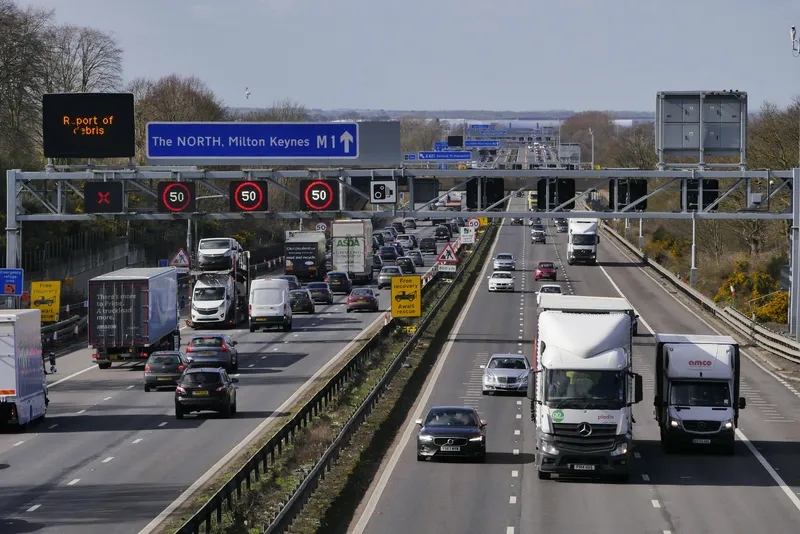Tolling specialist Emovis, which is to install and manage the toll system for the Mersey Gateway in the UK, is to test the technology on the Bridgewater Expressway prior to installation on the new bridge.
The Mersey Gateway, a new six lane toll bridge over the Mersey between the towns of Runcorn and Widnes, is due to open in autumn 2017.
The testing will be an important part of the preparation for the new free-flow tolling system, which will allow drivers to travel over the new bridge and the Silver J
October 24, 2016
Read time: 2 mins
Tolling specialist Emovis, which is to install and manage the toll system for the Mersey Gateway in the UK, is to test the technology on the Bridgewater Expressway prior to installation on the new bridge.
The Mersey Gateway, a new six lane toll bridge over the Mersey between the towns of Runcorn and Widnes, is due to open in autumn 2017.
The testing will be an important part of the preparation for the new free-flow tolling system, which will allow drivers to travel over the new bridge and the Silver Jubilee Bridge without slowing down to stop at a toll booth.
The actual test process won’t begin until much later in the year. No-one will be charged during the testing period and the number plate data collected will not be stored any longer than is needed for the test. Once the new bridge is open drivers will pay a toll to cross both bridges.
The Mersey Gateway, a new six lane toll bridge over the Mersey between the towns of Runcorn and Widnes, is due to open in autumn 2017.
The testing will be an important part of the preparation for the new free-flow tolling system, which will allow drivers to travel over the new bridge and the Silver Jubilee Bridge without slowing down to stop at a toll booth.
The actual test process won’t begin until much later in the year. No-one will be charged during the testing period and the number plate data collected will not be stored any longer than is needed for the test. Once the new bridge is open drivers will pay a toll to cross both bridges.










